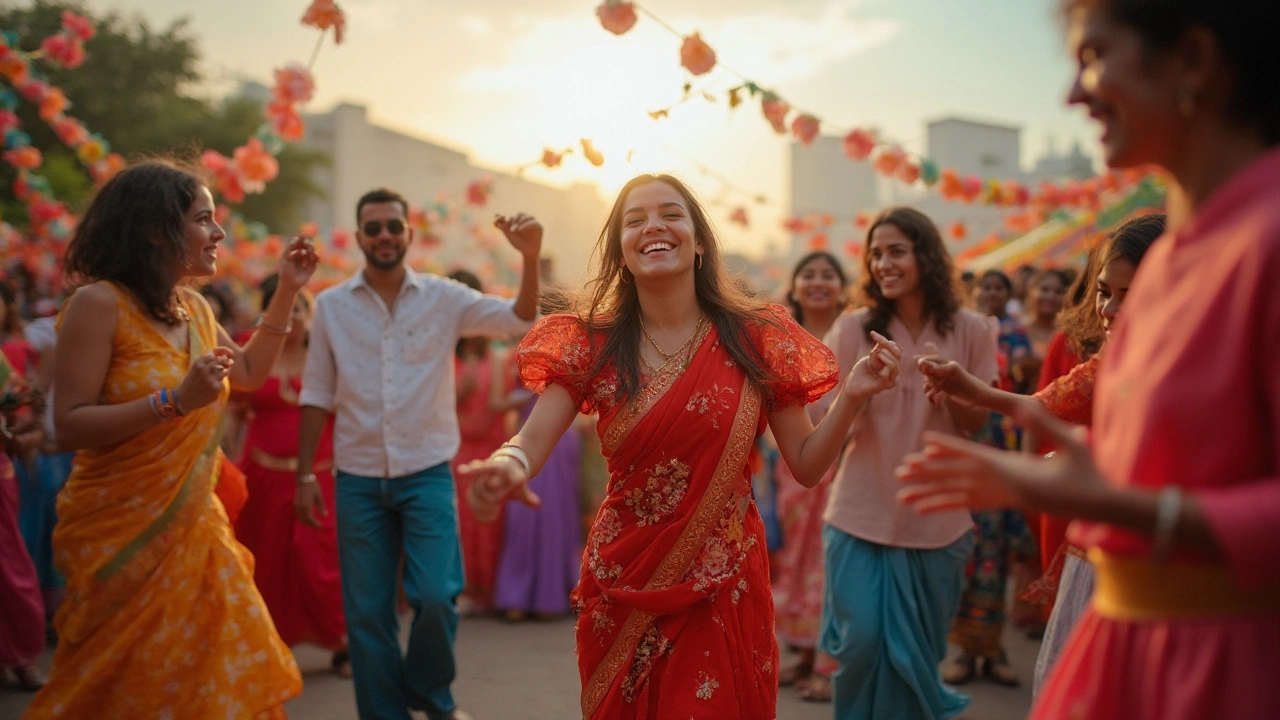Traditional Dance: A Journey Through Culture, Rhythm, and Motion
Ever wonder why a dance can feel like a story? Traditional dance is exactly that – a living story told with feet, hands, and heart. Across India and around the globe, each step carries a piece of history, a slice of daily life, and a burst of joy.
India alone boasts more than a dozen major styles. Think of the graceful spins of Kathak, the expressive gestures of Bharatanatyam, and the vigorous jumps of Odissi. Every region adds its flavor: Kerala’s rhythmic Kathakali masks, Punjab’s energetic Bhangra, and Assam’s lively Bihu. These dances aren’t just performances; they’re rituals that mark festivals, tell myths, and teach values.
Why Traditional Dance Still Matters
First off, traditional dance keeps culture alive. When a child learns the steps of Garba during Navratri, they’re also learning the stories behind the music and the meanings of the costumes. Second, the movements are great for health. The stretches in Manipuri improve flexibility, while the footwork in Bhangra gives a cardio boost. Finally, it builds community. Group rehearsals create bonds that last beyond the stage.
If you’re not in India, you can still join the dance celebration. Take a look at the Texas Two-Step. Though it’s a Western partner dance, it follows a traditional structure with a quick‑quick‑slow rhythm that’s easy to pick up. It shows how traditional dance can travel, adapt, and still feel authentic.
Getting Started: Easy Steps for Any Beginner
1. Pick a style that clicks. If you love fast beats, try Bhangra or the Texas Two-Step. If you prefer slow, flowing movements, start with Bharatanatyam basics.
2. Find a short tutorial. YouTube, local cultural centers, or community groups often post 5‑minute guides that break down the first five steps.
3. Practice with music. Turn on a traditional track – a dhol beat for Bhangra or a tabla rhythm for Kathak – and move at your own pace.
4. Join a class or workshop. Many cities have weekend sessions for kids and adults. Even a single class can teach posture and hand gestures that make a big difference.
5. Keep it fun. Don’t worry about perfection. Traditional dance is about expression, not flawless technique.
For girls looking for the right style, the “Best Dance Forms for Girls” guide suggests options like classical Bharatnatyam for confidence or hip‑hop fusion for modern flair. The key is to match the dance to your personality and goals.
Remember, every traditional dance you learn connects you to a larger story. Whether you’re twirling in a sari, stomping in a cowboy boot, or grooving at a community hall, you’re part of a cultural thread that stretches across time and borders.
So, put on a song, move your feet, and let the tradition flow through you. You’ll discover not just a new skill, but a fresh way to see the world around you.
